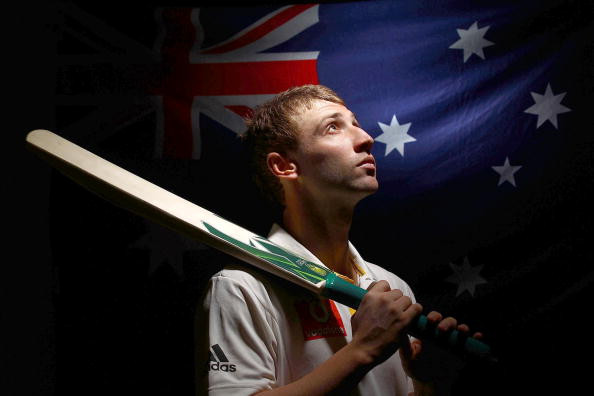Phillip Hughes inquest says nothing could have saved batsman's life
The 25-year-old former Test batsman lost his life after he was struck by a bouncer on 25 November, 2014.

There was nothing that could have been done to save Philip Hughes's life after he was hit in the neck by a ball during a Sheffield Shield match two years ago, a coronial inquest into his death has heard.
The 25-year-old former Test batsman lost his life after he was struck by a bouncer form New South Wales pacer Sean Abbott on 25 November, 2014. As Hughes attempted to hook the ball he was struck on the left side of his neck which lead to him collapsing on the ground. The left-hander never recovered consciousness and died two days later to the shock of the cricketing world.
The inquest which opened on Monday, 10 October aims at reviewing the circumstances around Hughes death and to help determine whether the 25-year-old could have been saved.
However, as per reports it has been ascertained that nothing could have been done to save the southpaw's life. Professor Brian Owler, a neurosurgeon and former head of the Australian Medical Association, reviewed the injury as well as the postmortem results.
"No intervention, no matter how early, that could have been performed to avoid his death", said Owler while also revealing that the treatment Hughes revealed was "timely" and "appropriate".
"No intervention, no matter how early, that could have been performed to avoid his death", said Owler while also revealing that the treatment Hughes revealed was "timely" and "appropriate".
The inquest also interviewed former Australian captain Brad Haddin who was the captain of New South Wales, the opposition during the game who specifically said that there was no tactic of bowling short balls at the left-hander.
"I had a discussion at lunch with Trevor Bayliss, the coach of NSW at that time. Basically we were talking about needing to slow the scoreboard down. I was moving the field. I didn't have any discussions with the bowlers about what I wanted them to do. From a captain's point of view I just wanted to cut the boundaries down", said Haddin, as quoted by The Guardian.
"One of the bowlers used was a spin bowler. If I wanted them playing off the back foot, I would have used different bowlers. There was no discussion with anyone at NSW about bowling a higher number of short balls", the former wicket keeper-batsman added.
Cricket Australia had conducted an independent review into the batsman's death in May this year, which found that the batsman received appropriate medical attention after being struck while the ambulance arrived. The helmet used by the batsman met Australian standards but not the latest English standards, however even the use of the newer model helmet would have not saved his life.
© Copyright IBTimes 2025. All rights reserved.





















